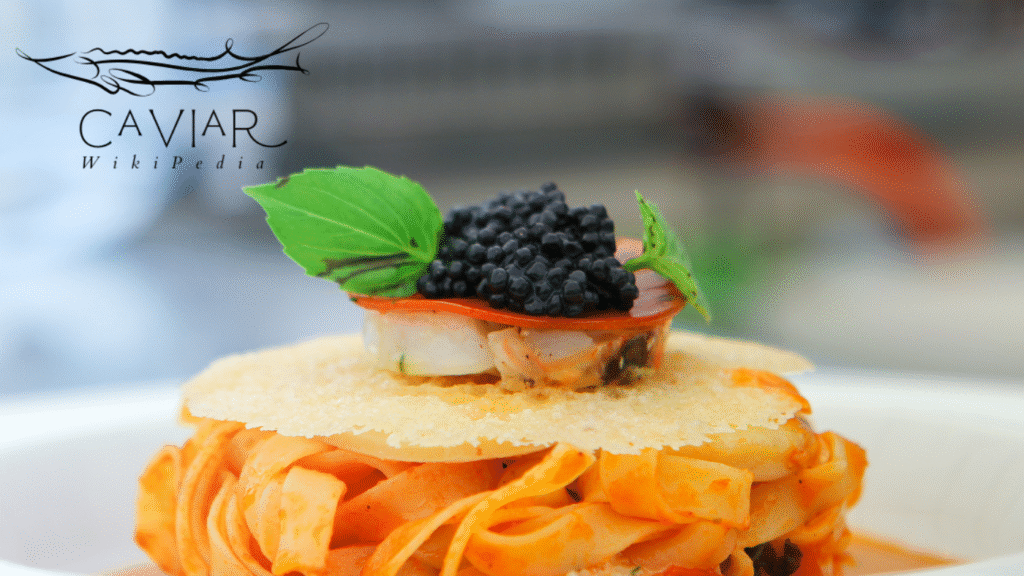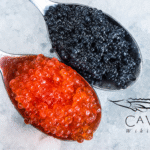Caviar is a luxurious food made from the eggs of sturgeon fish. It has a rich, briny taste that makes it famous worldwide. In Russia, caviar is more than just food it’s a symbol of culture, wealth, and tradition.
Its history stretches back centuries, from the time of ancient traders to modern sustainable farms. This article traces the journey of caviar in Russia, showing how it evolved from a common dish to a global delicacy and how it remains important today.
Ancient Beginnings
Caviar’s story in Russia begins in the 13th century. Historical texts from that time mention it as a favorite of nobles and clergy. Sturgeon fish, which produce caviar, swam in huge numbers in the Caspian Sea and Volga River. This made caviar easy to harvest and enjoy. Its unique flavor salty and slightly nutty won over the elite.
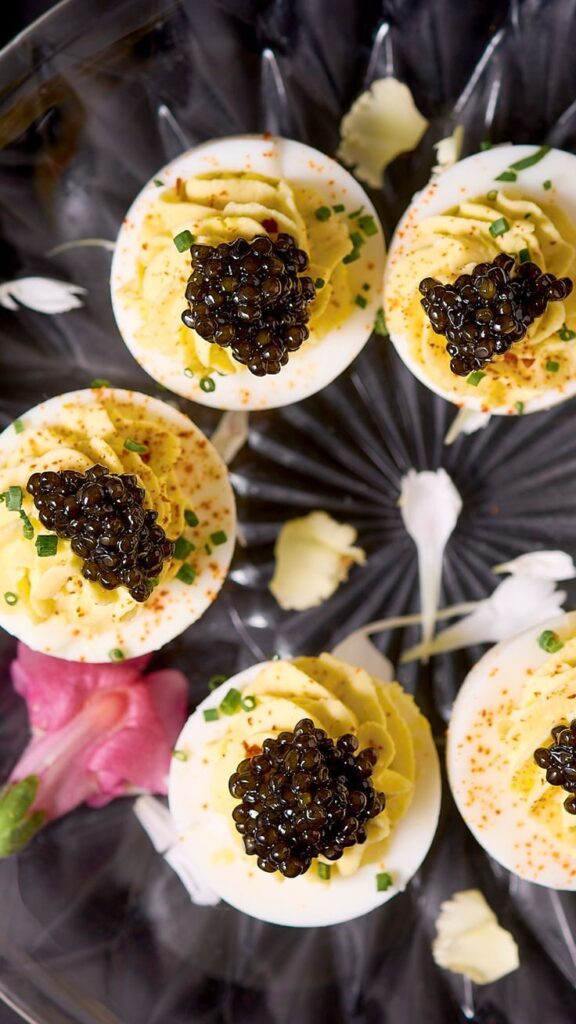
Surprisingly, caviar wasn’t always a luxury. In the 12th century, Russia had so much caviar that even common people could eat it. A Soviet film, Ivan Vasilievich: Back to the Future, pokes fun at this abundance, showing a Tsar’s table piled with caviar. Back then, it was a staple, not a rare treat.
Caviar also had a religious role. The Russian Orthodox Church allowed it during fasting periods because it was meat-free (Antonius Caviar). With up to 200 fasting days a year, caviar became a key part of spiritual meals. This tied it deeply to Russian culture.
Trade helped spread caviar’s fame. By the 10th century, caviar from the Sea of Azov reached Greek nobles through Kievan Rus’. Russians likely learned to salt fish eggs from Greek traders, improving their methods.
After the Mongol invasions, the caviar industry grew in Astrakhan, a city near the Caspian Sea. This set the stage for caviar’s rise.
Tsarist Russia
Under the Romanov dynasty, caviar became a symbol of wealth and power. Tsars served it at lavish banquets to impress guests. The presence of caviar showed a host’s riches. It was often paired with vodka or bread, highlighting its bold taste.
Peter the Great, who ruled from 1682 to 1725, saw caviar’s potential. He created a fishing department in Astrakhan and gave Cossacks exclusive rights to catch sturgeon. This organized the trade and boosted production.
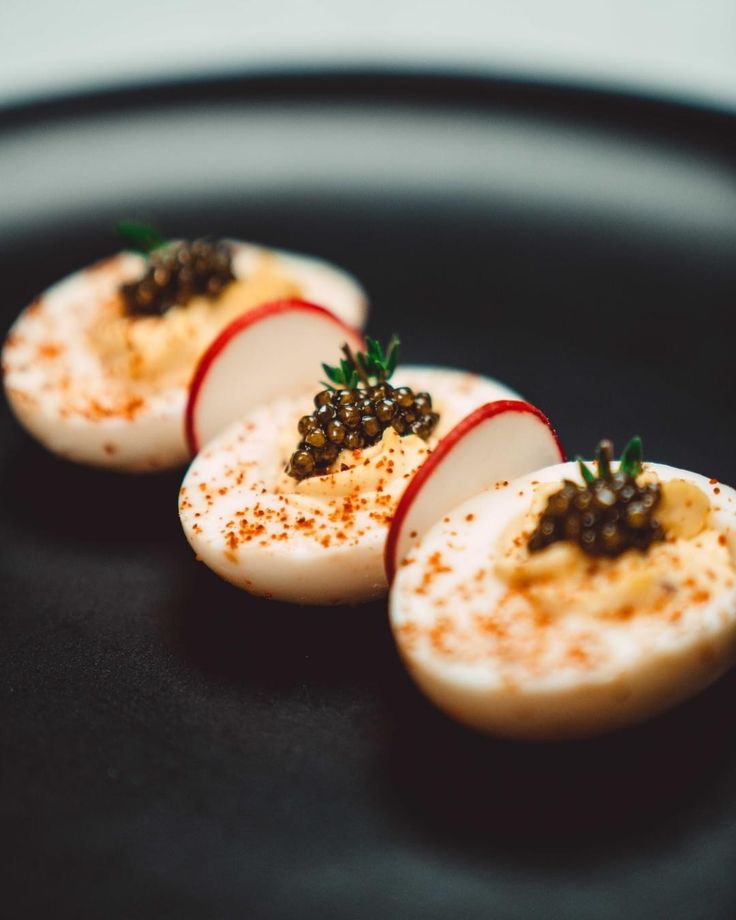
Catherine the Great, ruling from 1762 to 1796, took it further. She gave a Greek captain, Varvakis, sole rights to fish in the Caspian Sea. This helped export caviar to Europe, where it became a hit among nobles. By the 16th century, caviar was called the “finest hors d’oeuvre” by French writer François Rabelais.
In the 19th century, new technology changed the game. Steamships and ice production meant caviar could travel far without spoiling. Less salt was needed, giving caviar a lighter, more refined taste. Tzar Alexander I invited French chefs to St. Petersburg to showcase caviar, spreading its fame.
Under Tzar Nicholas II, from 1894 to 1917, caviar was a daily treat for the rich. They believed it was good for health. Production soared from 4 tons in 1869 to 3,000 tons by 1900. But this boom hurt sturgeon populations, setting the stage for future problems.
Soviet Era
The 1917 Russian Revolution changed caviar’s role. The Soviet government took over fisheries, aiming to make caviar more accessible. It became less exclusive but kept its luxury image. The Soviets used caviar as a diplomatic gift to win favor with foreign leaders.
In the 1920s, the government gave the Petrossian brothers, Armenian immigrants in France, a monopoly on caviar sales. This made Petrossian a global name in caviar. The state also built processing plants and research stations to improve production. Prodintorg, a state group, set prices and quotas to control the market.
Despite these efforts, overfishing continued. Sturgeon numbers dropped, and the Caspian Sea’s ecosystem suffered. This problem grew worse over time, leading to major changes later.
Modern Era
By the late 20th century, overfishing had devastated sturgeon populations. From the 1980s to 2010, sturgeon numbers in the Caspian and Azov Seas fell by about 40 times. To save the species, Russia banned wild caviar harvesting in 2007 and stopped exports from 2002 to 2011 .
This crisis led to aquaculture, or fish farming. Farms now raise sturgeon to produce caviar without harming wild stocks. By 2025, Russia is a top producer of farmed caviar, alongside China and Italy. In 2024, the Astrakhan region alone produced 25 tons of black caviar, up 5% from the previous year.
Farmed caviar is sustainable and high-quality. It meets global demand while protecting nature. In 2025, wholesale prices for Russian caviar range from $137 to $480 per kilogram, making it a valuable export.
Caviar in Contemporary Russia
Today, caviar is a star of Russian cuisine. It’s a must at fancy events like New Year’s Eve and weddings. The classic way to eat it is on blini thin pancakes with sour cream, onions, or boiled eggs. This simple dish highlights caviar’s bold flavor.
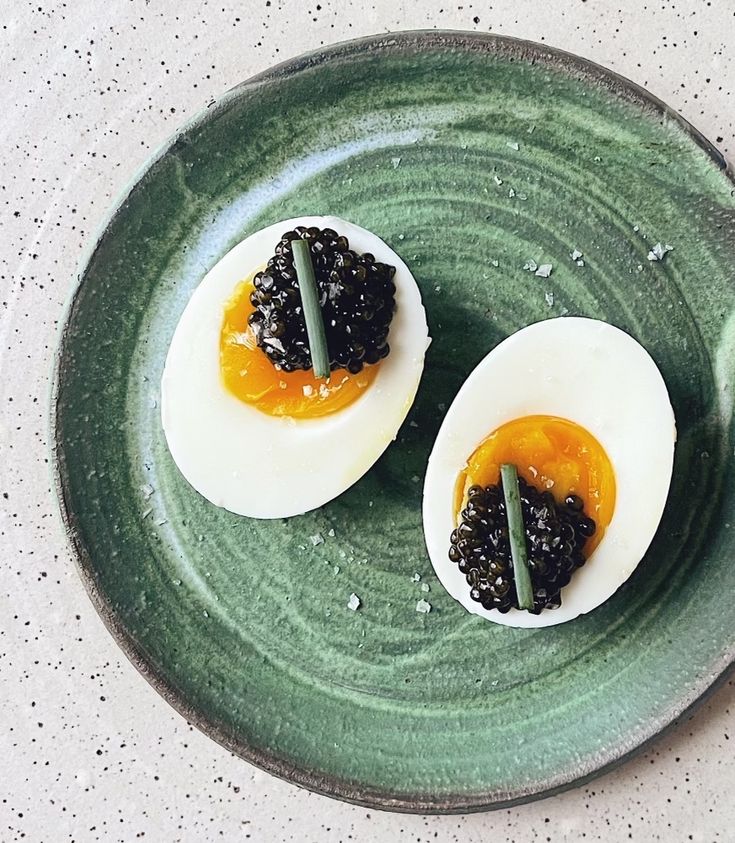
Modern chefs are getting creative. They use caviar in new dishes, like sauces or garnishes, blending old and new styles. High-end restaurants in Moscow and St. Petersburg showcase these innovations, keeping caviar exciting.
Caviar’s price and image vary. In Russia, locally made caviar is often cheaper than abroad. Some X posts claim it’s “next to nothing” in Russia but costly in Europe (X post). Others say it’s still a luxury, with prices rivaling rare fruits. This mix reflects caviar’s complex status—accessible yet special.
Aquaculture has made caviar more available. In 2024, 26 new caviar producers joined the Russian market, thanks to better labeling and farming. This growth ensures caviar remains part of Russia’s future.
| Period | Key Developments | Cultural Significance |
|---|---|---|
| Ancient Beginnings | 13th-century records; abundant in Caspian Sea | Eaten by nobles, clergy; used in religious fasts |
| Tsarist Russia | Symbol of wealth; exported to Europe | Served at banquets; sign of power |
| Soviet Era | State-controlled; diplomatic gifts | More accessible but still luxurious |
| Modern Era | Overfishing bans; rise of aquaculture | Sustainable production; global export |
| Contemporary Russia | Traditional and |
Conclusion
Caviar’s history in Russia is a tale of change. It started as a common food in the 13th century, became a Tsarist luxury, and faced near-extinction from overfishing. Today, sustainable farming has revived caviar, balancing tradition with modern needs. Its journey mirrors Russia’s own full of ups and downs but always rich in culture.
Caviar remains a symbol of celebration and heritage. Whether on blini at a family party or in a chef’s new creation, it connects Russians to their past. As farming grows, caviar’s future looks bright, ensuring this “black gold” shines for generations to come.

